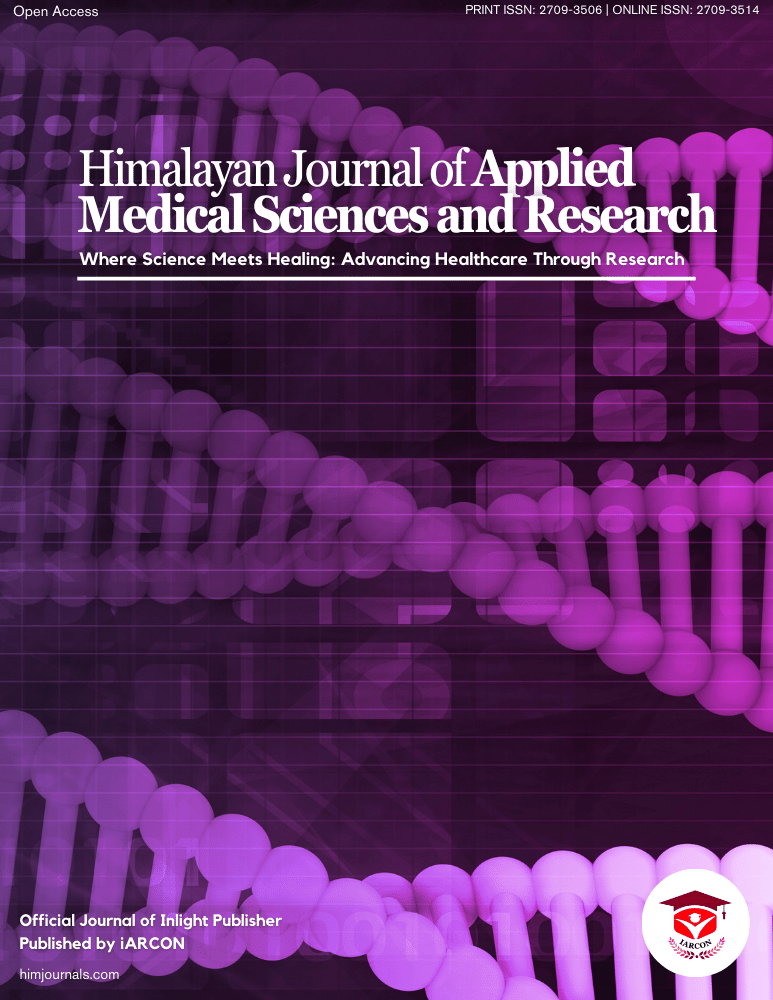Seeds Collection and Identification
The seeds of the spinach and lettuce were purchased from Sharada Market in Kano Municipal area of Kano State Northwestern Nigeria. The seeds were identified at Kano State Agricultural Supply Company (KASCO) Kano. Seeds were planted in a garden at School of Technology behind Department of Pharmaceutical Technology.
Methods of Proximate Analysis
The proximate composition of the spinach and lettuce were determined using standard analytical methods [11].
Moisture Content
About 5g of the spinach and lettuce samples were measured and dried in an oven at 120° C for 2hrs. The dried samples were cooled in a desiccator for 15 minutes and reweighed [11].
Ash content
Ash content was determined by incineration of 5g dried sample in a muffle furnace at 500°C for 2hrs. The ashes sample was cooled in a desiccator and reweighed. The percentage residual sample was expressed as ash content [11].
Crude lipid content
A total of 5g spinach and lettuce samples were extracted using n-hexane for 2 hours by Soxhlet method for the crude lipid content determination [11].
Crude Fiber Content
Crude fiber (CF) content was analyzed by treating 1g dried sample with 10ml of ethanol (w/v) 10ml Tetraoxosulphate (vi) acid (w/v) and distilled water [11].
Crude Protein Content
Kjeldahl method was used to determined crude protein. About 1g of the spinach/lettuce samples were transferred in to a filter paper and placed inside a Kjeldahl flask, 10cm3 of concentrated H2SO4 were added and digested in a conical flask until the solution becomes colorless. The distillation was carried out with 15ml of 50% of NaOH. The tip of the condenser was dipped in to a conical flask containing 6cm3 of 4% boric acid in a mixed indicator until a green coloration was observed. Titration was done in the receiver flask with 0.5ml of HCL until the solution turned red [11].
Carbohydrate Content
The carbohydrate content of the samples were determined by estimation using the arithmetic difference method [11] % Carbohydrate =100 - (%Moisture + % Fat + % Ash + % Fiber + % Protein).
Mineral Analysis
The minerals in the leafy vegetables were analyzed from solution obtained when 5g of the samples were digested with 10mls of 5N concentrated hydrochloride. The mixtures were placed on a water bath and evaporated almost to dryness. The solution was cooled and filtered into 100ml standard flask and diluted to volume with distilled water. Atomic absorption spectrophotometer was used to analyze the minerals separately after acid digestion of the sample, as described in the official method of the Association of Official Analytical Chemists [11].
Determination of Calcium (Ca)
About 1ml of the sample was drawn with a pipette into a test tube in duplicate. And 3ml of the solution working reagent was added and absorbance at 512 nm was read against the blank [11].
Determination of Magnesium (Mg)
About 5ml of the sample was pipette into a test tube in duplicate. Then 1ml of 0.67N Tetraoxosulphate (vi) acid (H2SO4) was added and 1ml of 0.05% titan yellow was added, followed by addition of 1ml of 0.01% gum acacia and 2mls of 10% sodium hydroxide (NaOH) respectively in both spinach and lettuce samples. The solution was mixed and the absorbance was taken at 520nm against the blank [11].
Determination of Iron (Fe)
About 2.5ml of the sample was drawn with a pipette into a test tube in duplicate and 0.4ml of 5N sodium hydroxide (NaOH) was added to bring the pH between 4.0-4.5. Soon 0.75ml of acetate buffer at pH 4.5, 0.5ml of 25% hydroquinone was, 0.5ml of 0.1% I,I di-pridyl and 0.35ml of distilled water added al added to make it up to 5ml. The absorbance was taken at 520nm against the blank [11].
Analysis of the Vitamins
The vitamins in the leafy vegetables were determined by the official methods of the Association of official analytical chemist [11].
Determination of Vitamin A (Retinol)
About 1g of the sample was weighed and macerated with 20ml of n-hexane in a test tube for 10mins.Then 3ml of the upper hexane extract was transferred in to a dry test tube in duplicates and evaporated to dryness. Following this, 0.2ml of acetic anhydride chloroform reagent was added and 2ml of 50% trichloroacetic acid (TCA) in chloroform was also added. The absorbance was taken at 15secs and 30secs intervals at 620nm.
Determination of Vitamin C (Ascorbic acid)
About 0.5g of the sample was weighed, macerated with 10ml of 0.4% oxalic acid in a test tube for 10mins, centrifuged for 5mins and the solution filtered. 1ml of the filtered was transferred in to dry test tube in duplicates, 9ml of 2, 6-dichlorophenol indophenol was added and absorbance was taken at 15secs and 30secs interval at 520nm.


